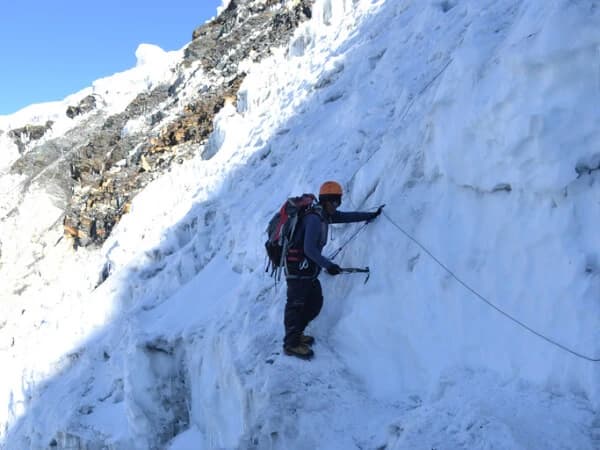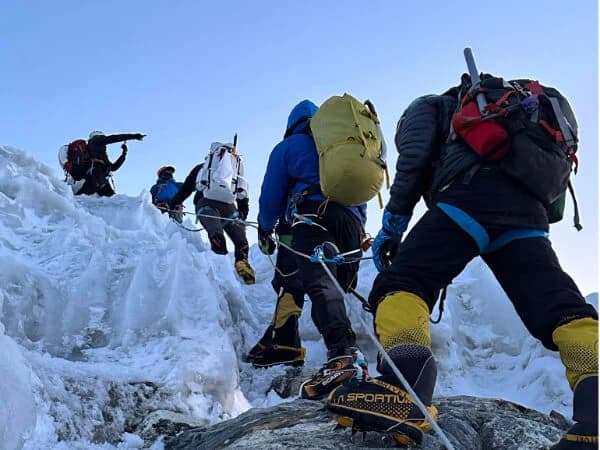Nestled among the majestic Himalayas, Nepal is a haven for climbers, housing the majority of the world's Eight-Thousanders, including the formidable Mt. Everest (8,848m). The landscape of Nepal is punctuated by over a thousand peaks above 6,000m, alongside countless hills spanning 5,000m and 4,000m across the country. With more than 300 peaks open for mountaineering, Climbing and Expeditions in Nepal attract thousands of enthusiasts annually, eager to etch their names in the annals of mountaineering history.
The Gateway to Mountaineering
For everyone from beginners to veteran alpinists, Nepal offers a suitable peak. The Nepal Mountaineering Association (NMA) classifies these into two categories: TREKKING PEAKS for those who are new to the sport and require minimal technical skills, and EXPEDITION PEAKS for the more seasoned climbers seeking a challenge.
A Global Benchmark
It's fascinating to consider that the highest peaks of other continents, such as Australia's Mount Kosciuszko (2,228m) and Antarctica's Mount Vinson (4,897m), do not surpass the average height of a Nepalese hill. Meanwhile, the iconic Mt. Everest (8,848m), known locally as Sagarmatha and Chomolungma, towers over the Khumbu region, drawing the largest crowd of trekkers to its base camp each year. The Everest Base Camp trek remains one of the world's most celebrated adventures, consistently ranked among the top ten treks globally by leading travel authorities.
Mountaineering in Nepal
Nepal’s mountaineering scene is incredibly diverse. The government regulates peaks above 6,500m, while the NMA handles those ranging from 5,800m to 6,584m. Whether you are looking to conquer an 8,000m giant or start with a 6,000m peak, Nepal offers a range of mountains that cater to every level of experience.
Popular Climbing Regions in Nepal
The Everest, Annapurna, and Langtang regions are the most frequented for peak climbing. Recreation Holidays curates over five distinct climbing itineraries across these areas. Noteworthy peaks like Lobuche, Island Peak, and Mera Peak in the Everest region, Pisang Peak and Dhampus Peak in the Annapurna region, and Yala Peak in the Langtang region are among the favorites.
Climbing Grades
We classify our peak climbs into three difficulty levels: Easy to Moderate, Moderate to Difficult, and Difficult to Challenging. Beginners may prefer the easier treks such as Mera and Island Peaks, while more adventurous climbers might opt for the tougher challenges posed by peaks like Mt. Everest, Lhotse, Dhaulagiri, and Manaslu.
Whether you are taking your first steps into the world of mountaineering or looking to challenge your seasoned skills, Nepal’s peaks offer an unparalleled adventure that beckons climbers from around the globe.



